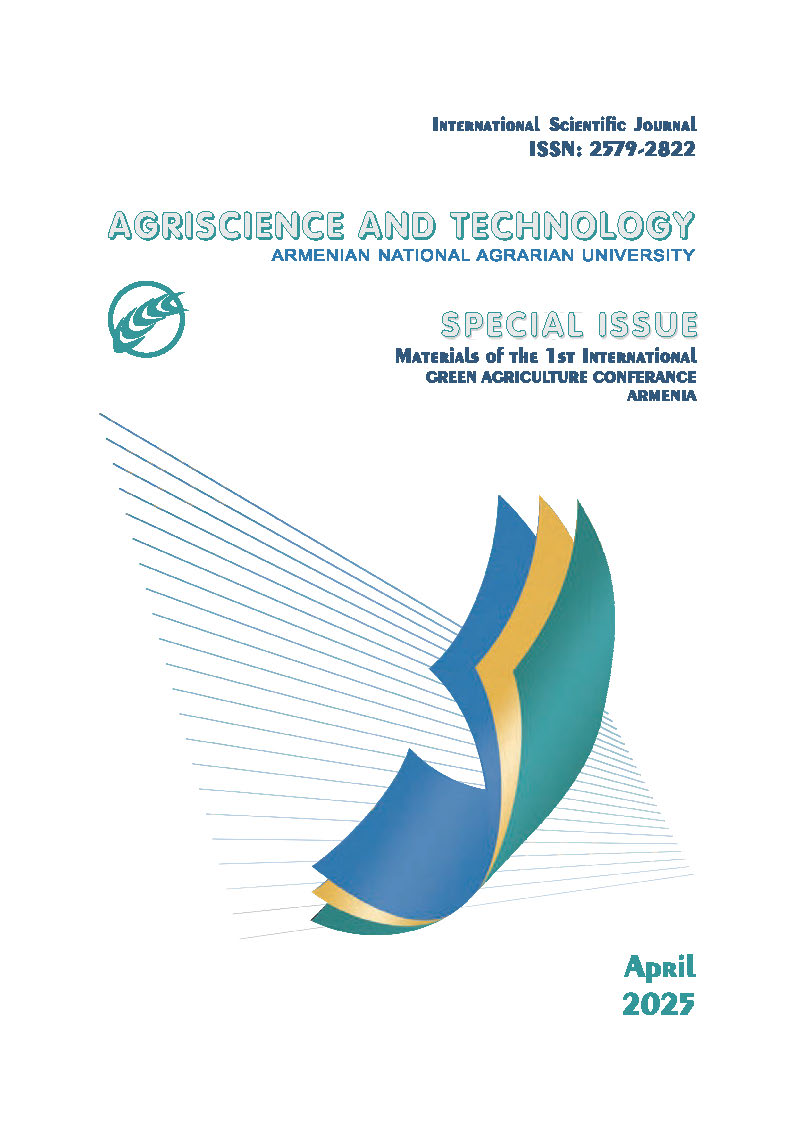Integrating Circular Economy Principles in Armenia’s Agriculture: A Pathway to Sustainable Development
DOI:
https://doi.org/10.52276/25792822-2025.sp-67Keywords:
circular economy, nutrient recycling, regenerative farming, policy reform, sustainable agricultureAbstract
Armenia’s transition to a circular economy (CE) in agriculture represents a critical opportunity to address environmental degradation, optimize resource use, and improve food system resilience. Despite ongoing policy alignment with the European Union and initial pilot projects, Armenia’s agricultural sector still lacks a coherent CE strategy and institutional capacity for wide-scale implementation. This paper explores a strategic framework for CE adoption by analyzing international best practices including cases of Italy, Georgia, Finland, Moldova, Spain and Serbia. Using comparative case analysis and policy mapping, the study identifies key components essential for Armenia’s transition: waste valorization, closed-loop nutrient systems, regenerative farming practices, enabling policy reforms, financial instruments, and capacity building. The findings offer a roadmap for integrating CE principles into national agricultural planning, with recommended milestones leading to a 50% reduction in agricultural waste, 40% increase in organic input use, and widespread deployment of biogas and composting infrastructure by 2040.
Downloads
Published
How to Cite
Issue
Section
License
Copyright (c) 2025 Hasmik Hovhanesian, Arman Harutyunyan, Kristine Alaverdyan

This work is licensed under a Creative Commons Attribution-NonCommercial 4.0 International License.
Creative Commons Attribution-Non-Commercial (CC BY-NC). CC BY-NC allows users to copy and distribute the article, provided this is not done for commercial purposes. The users may adapt – remix, transform, and build upon the material giving appropriate credit, providing a link to the license. The full details of the license are available at https://creativecommons.org/licenses/by-nc/4.0/.





